Q&A: Leptospirosis – A Hidden Threat
March 16, 2017 Comments Off on Q&A: Leptospirosis – A Hidden Threat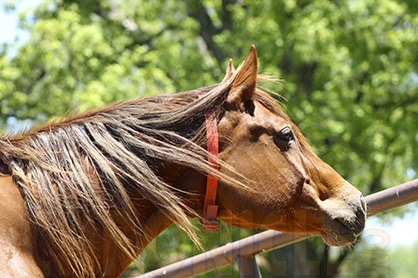
Horses often become infected when exposed to: contaminated soil, bedding, feed and drinking water; standing or slow-moving water; wildlife such as skunks, white-tailed deer, raccoons and opossums; and aborted or stillborn fetuses or vaginal discharges.
Continue reading …Feisty Filly: The Story of the Premie “Tamara Rose”
March 15, 2017 Comments Off on Feisty Filly: The Story of the Premie “Tamara Rose”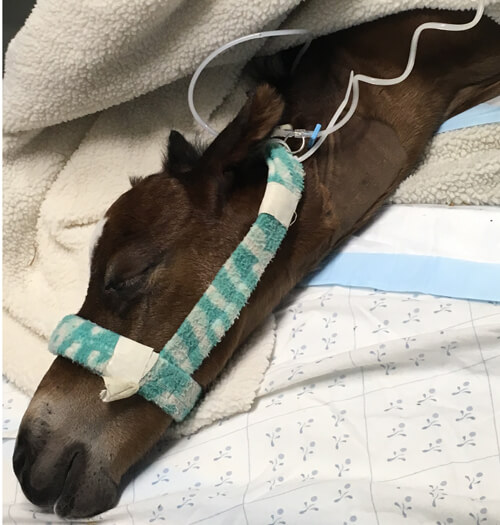
She was only a few hours old, more than a month premature and, at 29 pounds, at least 60 pounds underweight. Her vital signs were critical and her body temperature was 10 degrees below normal. She couldn’t stand because she was too weak and underdeveloped.
Continue reading …Using the Principle of Non-Resistance in Equine Bodywork
March 14, 2017 Comments Off on Using the Principle of Non-Resistance in Equine Bodywork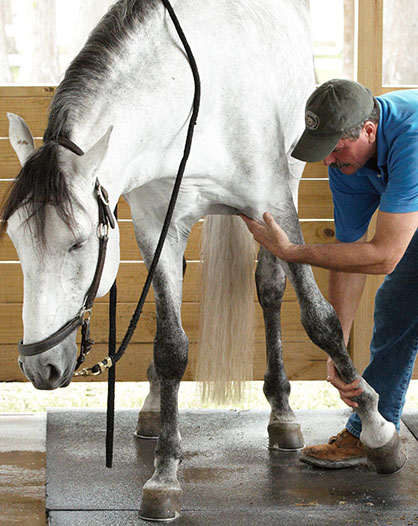
For example, when you ask the horse to bend his nose toward you and he resists because the muscles of the poll and neck are tight, your first impulse is to pull harder and make him bend towards you. If you react to the resistance in the horse by doing more or harder, the horse will continue to resist, tense or brace.
Continue reading …Management Tips to Reduce the Risk of Springtime Laminitis
March 13, 2017 Comments Off on Management Tips to Reduce the Risk of Springtime Laminitis
In many parts of the country, dormant winter forages will soon transition to lush, green grass. As seasons change, forage growth accelerates and ingestion of fructan-rich grasses increases. While overindulgence of fructans can be problematic for certain horses, owners can take steps to ensure a seamless changeover in forage consumption.
Continue reading …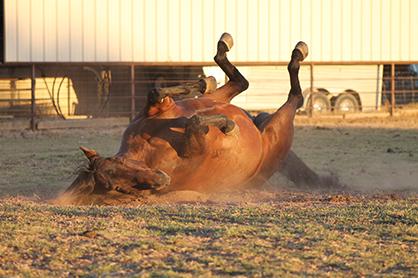
Most often the first sign of pinworms is the horse rubbing its tail head and posterior aspect of its rear quarters. There are other reasons a horse may do this characteristic rubbing, such as certain fly allergies, dry skin or fungal infections. However, when we see a horse rubbing this area the first thought is the horse has worms.
Continue reading …Preventing and Treating Thrush in Horses
March 6, 2017 Comments Off on Preventing and Treating Thrush in Horses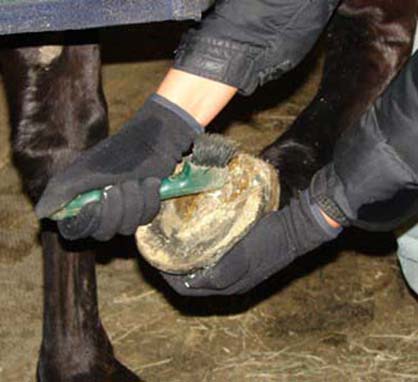
Thrush is the destruction of a portion of the horse’s hoof called the frog. This destruction is caused by an anaerobic bacteria and fungi that is not contagious. Thrush often presents itself with a strong smelling odor coming from the affected area.
Continue reading …Myth: A Shiny Horse is a Healthy Horse
March 3, 2017 Comments Off on Myth: A Shiny Horse is a Healthy Horse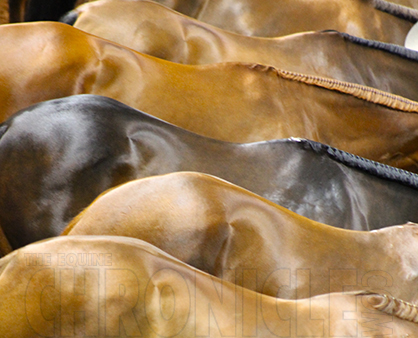
As long as he’s shiny for the right reason – because you are feeding the right type of fat! With so many feeds and supplements available, where do you start?
Continue reading …Broodmare Nutrition During Late Gestation
March 1, 2017 Comments Off on Broodmare Nutrition During Late Gestation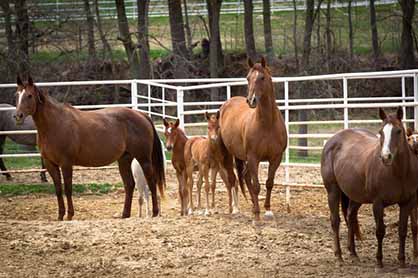
Up to 60 percent of an unborn foal’s growth happens during the last three months of pregnancy. As such, late gestation can pose nutritional challenges for pregnant mares.
Continue reading …Know Your Treats: Some Natural Ingredients Can Cause Accidental Drug Positives
March 1, 2017 Comments Off on Know Your Treats: Some Natural Ingredients Can Cause Accidental Drug Positives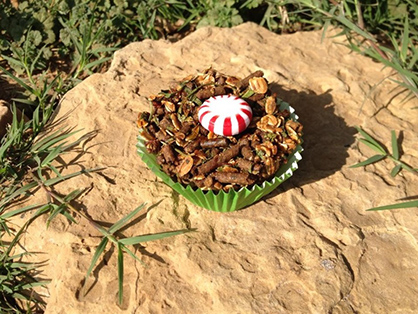
Poppy seeds can contain amounts of morphine that can be enough to trigger a positive. The forbidden substance, eugenol, occurs naturally in such foods as licorice, cloves, vanilla, nutmeg, and celery.
Continue reading …Eating! An Important Key to Improving Insulin Resistance
February 28, 2017 Comments Off on Eating! An Important Key to Improving Insulin Resistance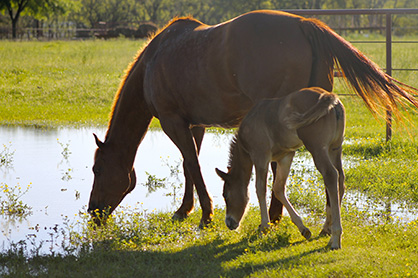
Do you have an overweight horse? Chances are he is insulin resistant. Excess body fat leads to elevated insulin. Elevated insulin leads to more body fat storage, which leads to greater insulin resistance, and the vicious cycle continues. Even horses of normal weight can be insulin resistant, exhibited by regional fat deposits along the neck, shoulders, tailhead, and back.
Continue reading …







